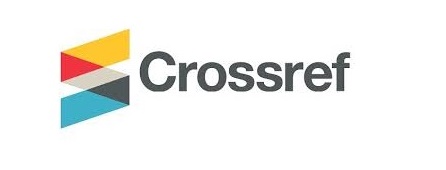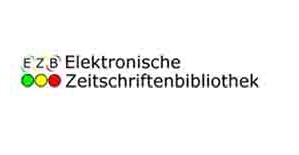Modelling Volatility of Pakistan Stock Market Using Family of GARCH Models
DOI:
https://doi.org/10.52223/econimpact.2025.7105Keywords:
Modeling, Stock Market, Pakistan, ARMA, GARCHAbstract
The stock market across the globe is regarded as an essential component of modern economic systems. It is significant and acts as an indicator of a nation's economic health. A stock market is where the buying and selling of stocks takes place. Each market has an index: a group of stocks that are selected to represent the overall performance of that market. The economy is the sum of all the activities that go into making and spending money within a region or country. In the headlines, the economy is often measured and tracked through changes in Gross Domestic Product (GDP). Employment levels, the housing market, consumer confidence, and spending are other ways to measure the strength of the economy. We find the marginal distribution of all series by GARCH models with different error distributions. For the KSE 100 index, we select the ARMA (1,1) GARCH (1,1) with skewed student t distribution on the basis of the lowest AIC and BIC value. ARMA (1,1) model has the lowest AIC value and is therefore chosen for further analysis. We also checked from auto.arima function in R which also gives the same ARMA model. It also confirms that all coefficients of parameters give significant results. The parameter estimates of the volatility models are statistically significant. The sum of ARCH and GARCH coefficients are ?1 and ?1 are close to unity indicating that shocks to volatility have a persistent effect on the conditional variance, and also ensure stationarity. Further, the GARCH coefficient denoted by ?1 is high in the models which suggests that volatility is very sensitive to market shocks of KSE 100 index stock returns. The results of the ARCH-LM test are ?2=138.49 (p<0.01) highly significant. ARMA (1,1) GARCH (1,1) with skewed student t distribution on the basis of lowest AIC and BIC value.
Downloads
Downloads
Published
How to Cite
Issue
Section
License
Copyright (c) 2025 Zahid Iqbal

This work is licensed under a Creative Commons Attribution 4.0 International License.
















